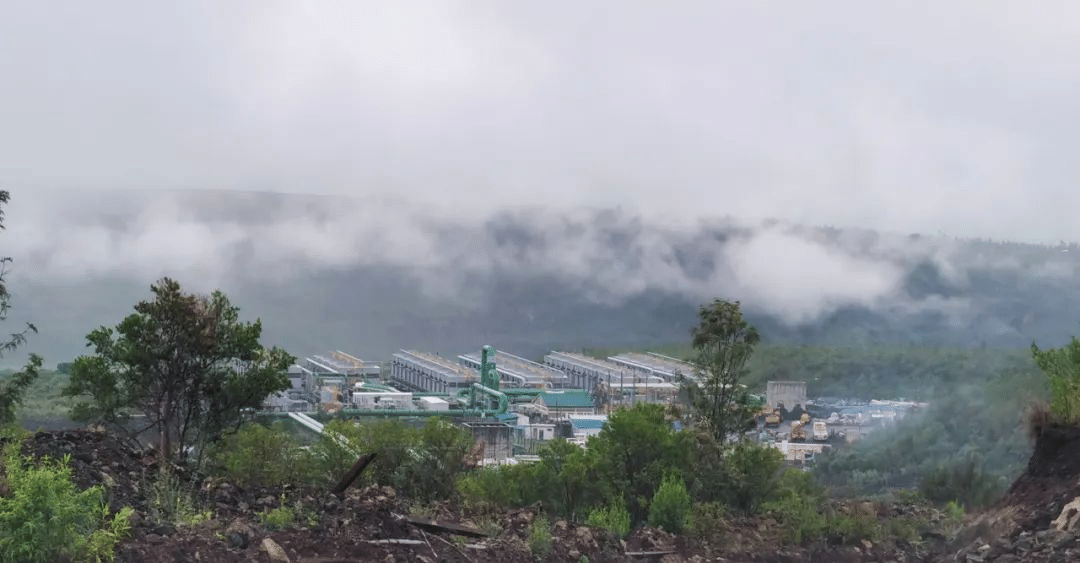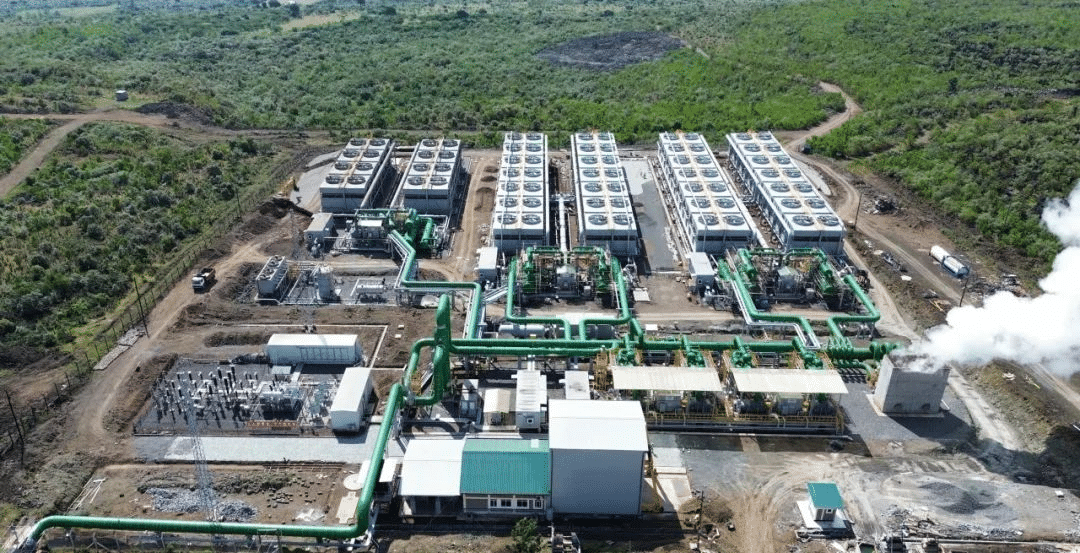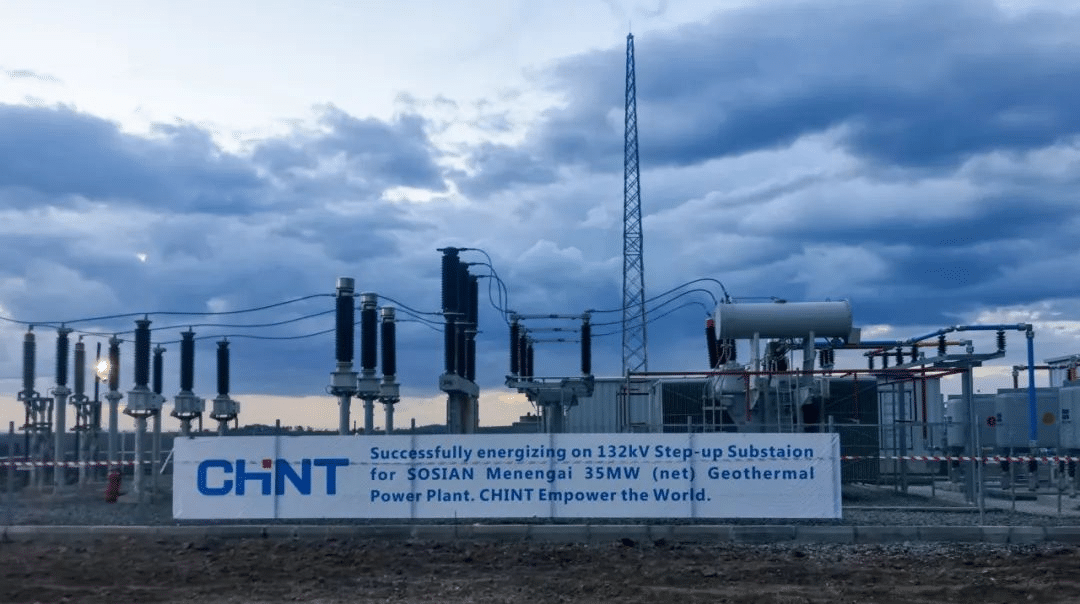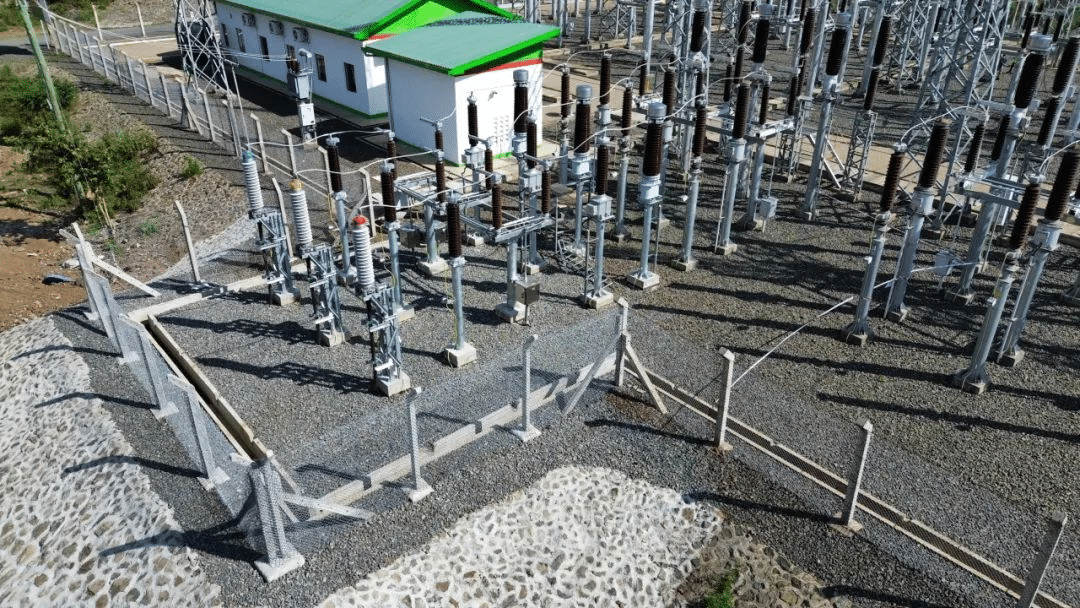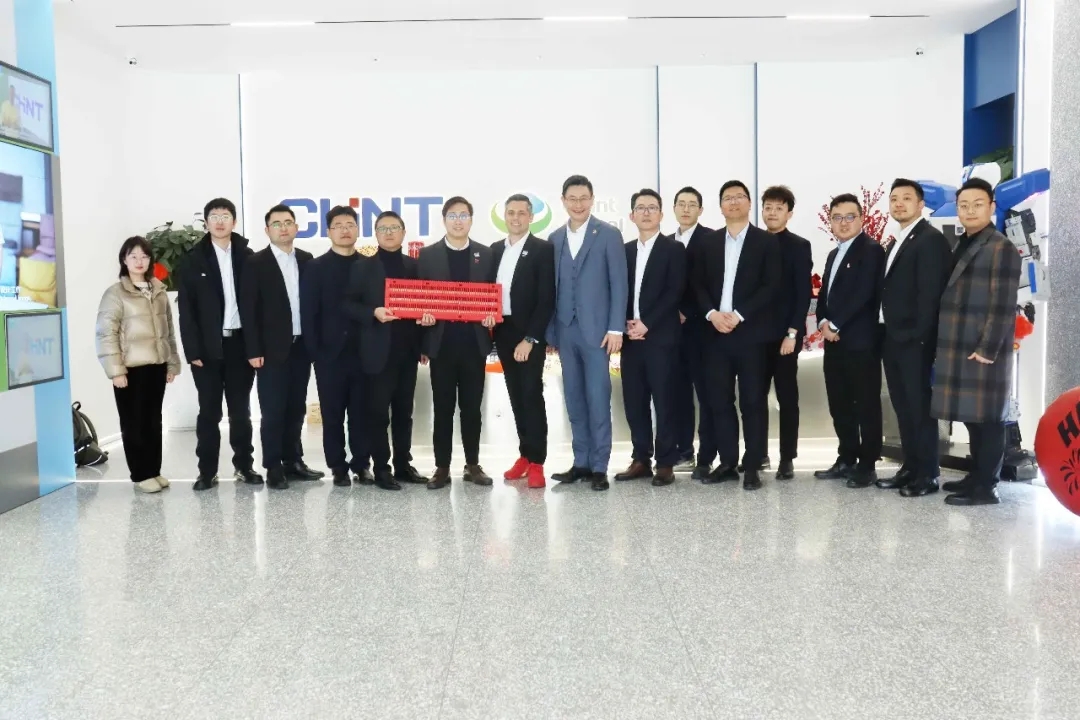The Republic of Kenya, commonly referred to as Kenya, is located in East Africa. The equator runs through its center and the Great Rift Valley spans its length from north to south. It’s one of the better economically-based countries in Sub-Saharan Africa.
Its economic growth rate ranks among the highest in Africa, and as a result, there’s a significant surge in its power demand. However, one of the major challenges hindering its economic development is the shortage of electricity supply and high electricity costs.
For a long time, most of Kenya’s electricity came from geothermal and hydropower sources. But in recent years, with persistent droughts, hydroelectric power production has significantly decreased. Given this backdrop, stable geothermal energy has become Kenya’s preferred choice for its energy transition.
Thanks to the world-famous Rift Valley, the Great Rift Valley, which stretches from the country’s north to south, Kenya has abundant geothermal resources. Its potential power generation is estimated to exceed 10,000 megawatts, but currently, its installed geothermal capacity is only 950 megawatts. The Menengai crater located at the base of the Rift Valley is a cost-effective site for geothermal development.
In 2011, the Kenya Geothermal Development Company identified a geothermal power potential of approximately 1,600 megawatts in the Menengai region. However, for various reasons, development plans were shelved.
In 2021, Kenya resumed geothermal development in Menengai, with a phase one plan of 105 megawatts in installed capacity. The Chinese company, KaiShan Group, was awarded the contract for the first 35-megawatt geothermal power station – the Soysambu Geothermal Power Station. Construction started in January 2022, and grid connection tests were completed by July 2023. It is now in its final stability testing phase.
Once operational, this project will not only effectively alleviate power shortages in the Nakuru city area and support local economic development, but also enhance Kenya’s renewable energy penetration. This will help meet Kenya’s vision of achieving 100% clean energy generation by 2030.
This collaboration of Chinese enterprises abroad is significant. The Soysambu Geothermal Power Station is the first geothermal power station in Africa that has been entirely designed, produced, constructed, and commissioned by a Chinese company, showcasing “100% Chinese technology”, which has garnered considerable attention.
CHINT Group, as the EPC contractor for the boosting station and grid connection measurement station, successfully delivered the project. The team supplied various types of equipment, including transformers, prefab cabin changes, isolating switches, circuit breakers, transformers, surge protectors, and many more.
Many of these products, like power transformers and lightning arresters, were designed and developed by Chint Group themselves to withstand conditions of high altitude, temperature fluctuations, and corrosive environments.
Not only was this project Chint Group’s first in the international geothermal industry, but it was also their first EPC project led by their business unit in the continent. Through constant interaction and learning on the EPC platform, and collaborative efforts across design institutes, technical business platforms, factories, supply chains, and operational platforms, the team integrated resources, streamlined processes, and completed the power delivery in just 16 months. They also took this opportunity to review and summarize their experiences and lessons to refine their processes for future projects.
Moses Kachumo, a project engineer from the Kenya Geothermal Development Company, also stated that the Soysambu Geothermal Power Station holds significant exemplary value. Its success lays a solid foundation for Chinese enterprises to fully enter the Kenyan geothermal development and construction field.
Kenya’s geothermal power sector will likely incorporate more Chinese engineering techniques and financial models, accelerating its energy transformation.




